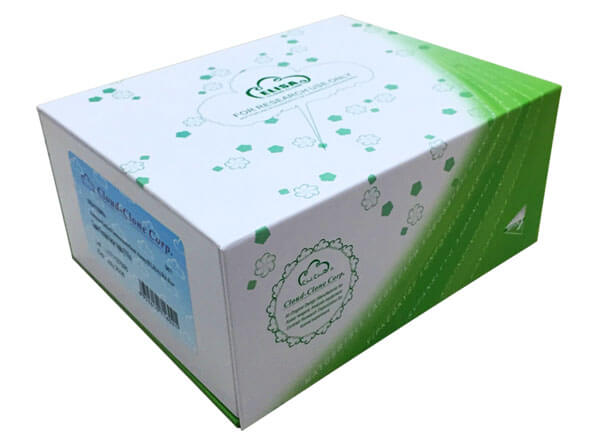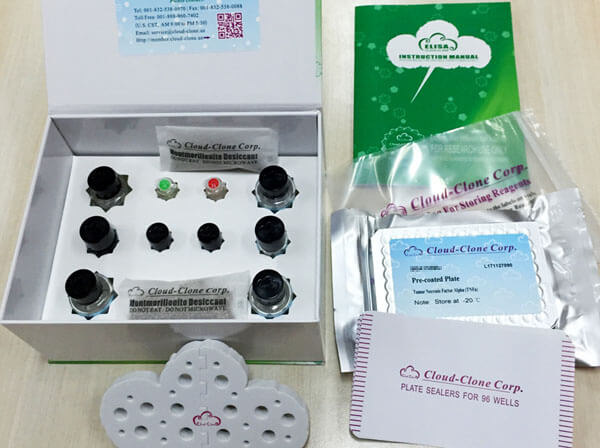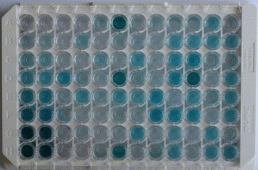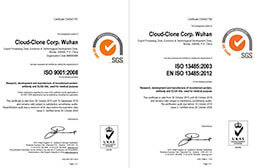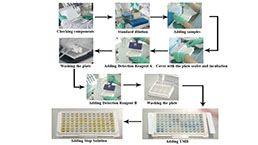ELISA Kit for Acid Phosphatase 5, Tartrate Resistant (ACP5) 

TRAP; TrATPase; Tartrate Resistant Acid Phosphatase; Type 5 acid phosphatase
- UOM
- FOB US$ 441.00 US$ 630.00 US$ 2,835.00 US$ 5,355.00 US$ 44,100.00
- Quantity
Overview
Properties
- Product No.SEA902Hu
- Organism SpeciesHomo sapiens (Human) Same name, Different species.
- ApplicationsEnzyme-linked immunosorbent assay for Antigen Detection.
Research use only - DownloadInstruction Manual
- CategoryEnzyme & KinaseMetabolic pathwayHepatology
Sign into your account
Share a new citation as an author
Upload your experimental result
Review

Contact us
Please fill in the blank.
Recovery
Matrices listed below were spiked with certain level of recombinant Acid Phosphatase 5, Tartrate Resistant (ACP5) and the recovery rates were calculated by comparing the measured value to the expected amount of Acid Phosphatase 5, Tartrate Resistant (ACP5) in samples.
| Matrix | Recovery range (%) | Average(%) |
| serum(n=5) | 97-104 | 101 |
| EDTA plasma(n=5) | 89-96 | 92 |
| heparin plasma(n=5) | 78-95 | 83 |
Precision
Intra-assay Precision (Precision within an assay): 3 samples with low, middle and high level Acid Phosphatase 5, Tartrate Resistant (ACP5) were tested 20 times on one plate, respectively.
Inter-assay Precision (Precision between assays): 3 samples with low, middle and high level Acid Phosphatase 5, Tartrate Resistant (ACP5) were tested on 3 different plates, 8 replicates in each plate.
CV(%) = SD/meanX100
Intra-Assay: CV<10%
Inter-Assay: CV<12%
Linearity
The linearity of the kit was assayed by testing samples spiked with appropriate concentration of Acid Phosphatase 5, Tartrate Resistant (ACP5) and their serial dilutions. The results were demonstrated by the percentage of calculated concentration to the expected.
| Sample | 1:2 | 1:4 | 1:8 | 1:16 |
| serum(n=5) | 91-98% | 80-92% | 78-104% | 89-103% |
| EDTA plasma(n=5) | 99-105% | 90-99% | 88-102% | 89-101% |
| heparin plasma(n=5) | 85-101% | 81-101% | 84-101% | 97-105% |
Stability
The stability of kit is determined by the loss rate of activity. The loss rate of this kit is less than 5% within the expiration date under appropriate storage condition.
To minimize extra influence on the performance, operation procedures and lab conditions, especially room temperature, air humidity, incubator temperature should be strictly controlled. It is also strongly suggested that the whole assay is performed by the same operator from the beginning to the end.
Reagents and materials provided
| Reagents | Quantity | Reagents | Quantity |
| Pre-coated, ready to use 96-well strip plate | 1 | Plate sealer for 96 wells | 4 |
| Standard | 2 | Standard Diluent | 1×20mL |
| Detection Reagent A | 1×120µL | Assay Diluent A | 1×12mL |
| Detection Reagent B | 1×120µL | Assay Diluent B | 1×12mL |
| TMB Substrate | 1×9mL | Stop Solution | 1×6mL |
| Wash Buffer (30 × concentrate) | 1×20mL | Instruction manual | 1 |
Assay procedure summary
1. Prepare all reagents, samples and standards;
2. Add 100µL standard or sample to each well. Incubate 1 hours at 37°C;
3. Aspirate and add 100µL prepared Detection Reagent A. Incubate 1 hour at 37°C;
4. Aspirate and wash 3 times;
5. Add 100µL prepared Detection Reagent B. Incubate 30 minutes at 37°C;
6. Aspirate and wash 5 times;
7. Add 90µL Substrate Solution. Incubate 10-20 minutes at 37°C;
8. Add 50µL Stop Solution. Read at 450nm immediately.

Test principle
The test principle applied in this kit is Sandwich enzyme immunoassay. The microtiter plate provided in this kit has been pre-coated with an antibody specific to Acid Phosphatase 5, Tartrate Resistant (ACP5). Standards or samples are then added to the appropriate microtiter plate wells with a biotin-conjugated antibody specific to Acid Phosphatase 5, Tartrate Resistant (ACP5). Next, Avidin conjugated to Horseradish Peroxidase (HRP) is added to each microplate well and incubated. After TMB substrate solution is added, only those wells that contain Acid Phosphatase 5, Tartrate Resistant (ACP5), biotin-conjugated antibody and enzyme-conjugated Avidin will exhibit a change in color. The enzyme-substrate reaction is terminated by the addition of sulphuric acid solution and the color change is measured spectrophotometrically at a wavelength of 450nm ± 10nm. The concentration of Acid Phosphatase 5, Tartrate Resistant (ACP5) in the samples is then determined by comparing the O.D. of the samples to the standard curve.
Giveaways
Increment services
-
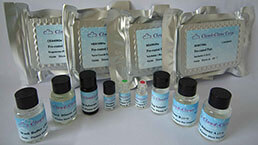 Single-component Reagents of Assay Kit
Single-component Reagents of Assay Kit
-
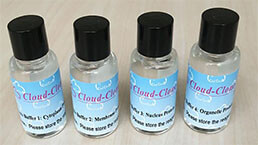 Lysis Buffer Specific for ELISA / CLIA
Lysis Buffer Specific for ELISA / CLIA
-
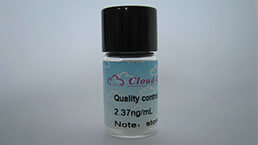 Quality Control of Kit
Quality Control of Kit
-
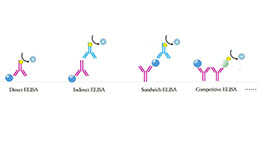 ELISA Kit Customized Service
ELISA Kit Customized Service
-
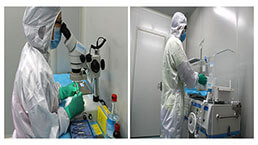 Disease Model Customized Service
Disease Model Customized Service
-
 Serums Customized Service
Serums Customized Service
-
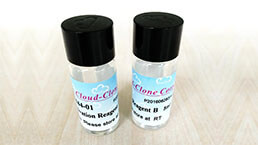 TGFB1 Activation Reagent
TGFB1 Activation Reagent
-
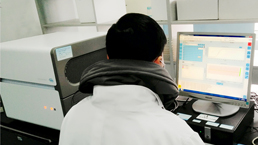 Real Time PCR Experimental Service
Real Time PCR Experimental Service
-
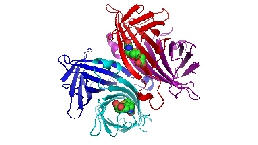 Streptavidin
Streptavidin
-
 Fast blue Protein Stain solution
Fast blue Protein Stain solution
-
 Single-component Reagents of FLIA Kit
Single-component Reagents of FLIA Kit
-
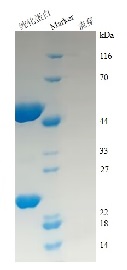 Streptavidin-Agarose Beads
Streptavidin-Agarose Beads
Citations
- Oxytocin promotes bone formation during the alveolar healing process in old acyclic female ratsScienceDirect: S0003996912001021
- Exendin-4 Increases Bone Mineral Density in Type 2 Diabetic OLETF Rats Potentially Through the Down-Regulation of SOST/Sclerostin in OsteocytesPubMed: 23357248
- Valvular osteoclasts in calcification and aortic valve stenosis severity.Pubmed: 23452891
- Antiosteoporosis Activity of New Oriental Medicine Preparation (Kyungokgo Mixed with Water Extract of Hovenia dulcis) on the Ovariectomized MicePubmed:25737735
- The influence of bexarotene, a selective agonist of the retinoid receptor X (RXR), and tazarotene, a selective agonist of the retinoid acid receptor (RAR), on bone metabolism in ratsPubMed: 26569440
- The effects of strength training and raloxifene on bone health in aging ovariectomized ratsPubmed:26812611
- In Vitro and In Vivo Effects of Gracilaria verrucosa Extracts on Osteoclast Differentiation.pubmed:28335442
- Anti-osteoporotic effects of an antidepressant tianeptine on ovariectomized ratsS0753332216322752
- Correlating oxidative stress-related factors with bone metabolic markers in older adult male patients exhibiting degenerative osteoporosis in the high-altitude hypoxic area of China: study protocol for a non-randomized controlled trialissn:2542-3975
- Evidence for excessive osteoclast activation in SIRT6 null micePubmed:30030453
- Suppression Effect of Astaxanthin on Osteoclast Formation In Vitro and Bone Loss In VivoPubmed:29562730
- The decline of whole-body glucose metabolism in ovariectomized ratsPubmed: 30292771
- NUMB maintains bone mass by promoting degradation of PTEN and GLI1 via ubiquitination in osteoblastsPubmed: 30455992
- QKI deficiency leads to osteoporosis by promoting RANKL-induced osteoclastogenesis and disrupting bone metabolismPubmed: 32382069
- Effect of Corticopuncture (CP), Photobiomodulation (PBM) and the Combined Method on the Rate of Tooth Movement and Root Resorption: A Molecular, Histological …
- Gujiansan Ameliorates Avascular Necrosis of the Femoral Head by Regulating Autophagy via the HIF-1α/BNIP3 Pathway34512780



